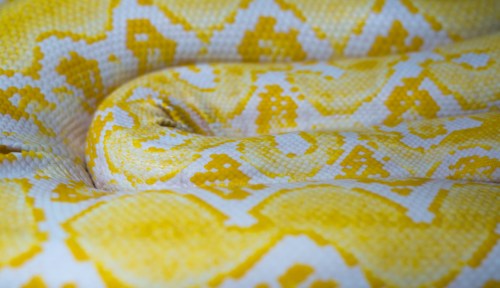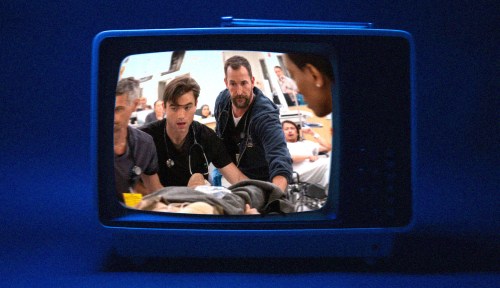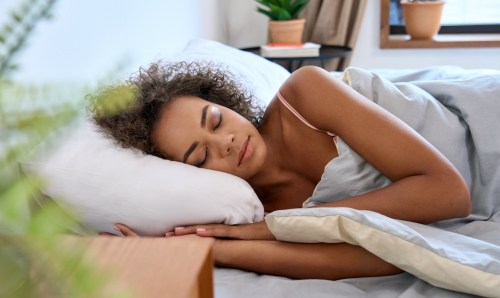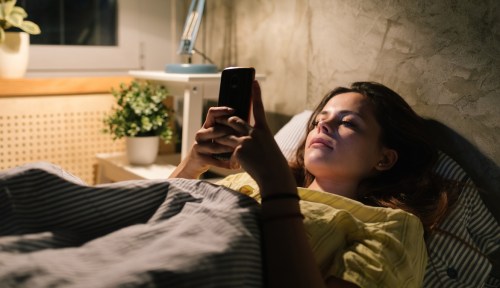Our editors independently select these products. Making a purchase through our links may earn Well+Good a commission
What It Means When You Imagine Things, Well, ‘Happening’ To You As You’re About To Fall Asleep
A hypnagogic hallucination is a benign visual, auditory, or tactile hallucination that occurs in the state between wakefulness and sleep.
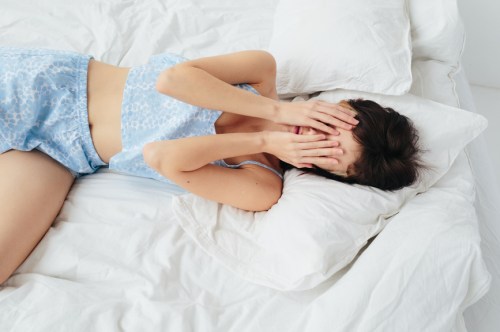
On most nights, the process of falling asleep may seem pretty straightforward: One minute, you’re aware of yourself consciously lying in bed, and the next, you’re lights-out. But occasionally, drifting off can take a detour, and while you’re en route to that unconscious state, you could experience a hypnagogic hallucination. Perhaps you see the face of a friend or a kaleidoscope of flashing colors, or maybe you hear the sound of your name or voices of a stranger in the distance. In any case, it feels urgent, imminent, and incredibly real—not like a dream, but certainly not reality, either.
Experts in This Article
neurologist and sleep medicine specialist
board-certified physician, certified sleep specialist, sleep coach, and founder of The Solution is Sleep
clinical psychologist, sleep specialist, author of The Women’s Guide To Overcoming Insomnia, and Director of Sleep Health at Sleepopolis
Despite how bizarre this scenario might appear, hypnagogic hallucinations of some sort are estimated to occur in as much as 37 percent of the population and are typically not something to worry about (more on that below). “Most often, these are visual hallucinations—like, seeing moving images, shapes, faces, or scenes—but they can also be auditory or tactile, as well,” says clinical psychologist and sleep specialist Shelby Harris, PsyD, author of The Women’s Guide to Overcoming Insomnia. “People occasionally feel as if something is touching them, or they could have a physical sensation like floating or falling.”
“A hypnagogic hallucination occurs in the transition from wakefulness to sleep, either at the time of falling asleep or in the middle of the night, if you’re roused from sleep.” —Andrew W. Varga, MD, neuroscientist
Entirely distinct from a substance-related hallucination or a hallucination tied to a mental-health condition, a hypnagogic hallucination “occurs in the transition from wakefulness to sleep, either right at the time of initially falling asleep or in the middle of the night, if you’re briefly roused from sleep,” says neuroscientist Andrew W. Varga, MD, a physician at the Mount Sinai Integrative Sleep Center. And it gets its name from the transitional state of consciousness in which it happens, called hypnagogia.
Not to be confused with sleep latency (the period of time it takes you to fall asleep from full wakefulness), the phase of hypnagogia is like the middle of the dimmer switch, if bright light is wakefulness and darkness is sleep. As the brain is down-shifting, the prevalence of wakeful beta waves dips, and there’s a rise in both restful alpha waves and even slower theta waves typical of dreamy REM sleep. This combination creates a brain environment where unreal sights and sounds can surface in strangely realistic ways, just as you might experience involuntary muscle twitches (aka hypnic jerks) or instances of sleep paralysis during this transitional stage.
What causes a hypnagogic hallucination?
The short answer: Science doesn’t fully know yet why certain people tend to get them (or get them more often), and others don’t. One explanation is that they may occur more frequently in folks who experience a quicker dive right into REM sleep (aka dream sleep), shuttling through the earlier stages of sleep too hastily. “Normal physiology is such that REM sleep should take 60 to 120 minutes to occur from sleep onset,” says Dr. Varga, “but in some conditions, namely narcolepsy [a condition characterized by sudden attacks of sleep], that transition can be much faster.”
More generally, anything that throws off the pattern of your circadian rhythm (aka your body’s 24-hour sleep-wake cycle) can also be a culprit. That could be something as seemingly innocuous as struggling to fall asleep (perhaps due to stress or anxiety), having an irregular sleep schedule, or pulling an all-nighter. Or, according to sleep specialist Angela Holliday-Bell, MD, it could be tied to a condition like insomnia or mood disorders like depression or bipolar disorder. Certain medications, drugs, and alcohol can make these hallucinations more likely to occur, too, she adds.
Is a hypnagogic hallucination ever worrisome?
On its own, usually not. “Although they can sometimes be disconcerting, hypnagogic hallucinations are typically totally benign and nothing to be concerned about,” says Dr. Holliday-Bell.
But, because these hallucinations can happen in the context of certain medical conditions noted above, you’d be wise to look out for other potential symptoms, if they’re occurring often. “If you feel excessive sleepiness, notice any symptoms of disrupted daytime behavior, or your nighttime sleep is being disturbed, it would be smart to speak with your doctor,” says Dr. Harris.
The best way to stop these hallucinations from happening
Simply knowing that there’s no medical reason to intervene (unless you determine that they’re symptomatic of an underlying condition, as noted above) can help manage these hallucinations, says Dr. Holliday-Bell. “People should know that these are a very common and normal phenomena that do not increase the likelihood of any adverse event,” she says.
If, however, having these hallucinations is causing you stress or provoking some anxiety, there are some steps you can take to reduce their frequency. Up first on that list is to regulate your sleep-wake schedule and be sure you’re getting the recommended seven to eight hours of sleep per night on a consistent basis, says Dr. Harris.
Making a few simple changes to your sleep hygiene can also help optimize your sleep, and, in turn, keep the prevalence of hypnagogic hallucinations at bay, says Dr. Harris: “A space that’s quiet, dark, cool, and comfortable is very important, as is limiting things like alcohol and nicotine within three hours of your bedtime and caffeine within eight hours.”
And as with any sleep-related concern, it can be helpful to manage your mental state, too, adds Dr. Harris. Practicing any form of stress-reducing meditation or other calming pre-bed ritual can help ensure that you—and your brain—move more seamlessly from wakefulness to sleep, without any uncalled-for hallucinations along the way.
Oh hi! You look like someone who loves free workouts, discounts for cutting-edge wellness brands, and exclusive Well+Good content. Sign up for Well+, our online community of wellness insiders, and unlock your rewards instantly.
Sign Up for Our Daily Newsletter
Get all the latest in wellness, trends, food, fitness, beauty, and more delivered right to your inbox.
Got it, you've been added to our email list.

